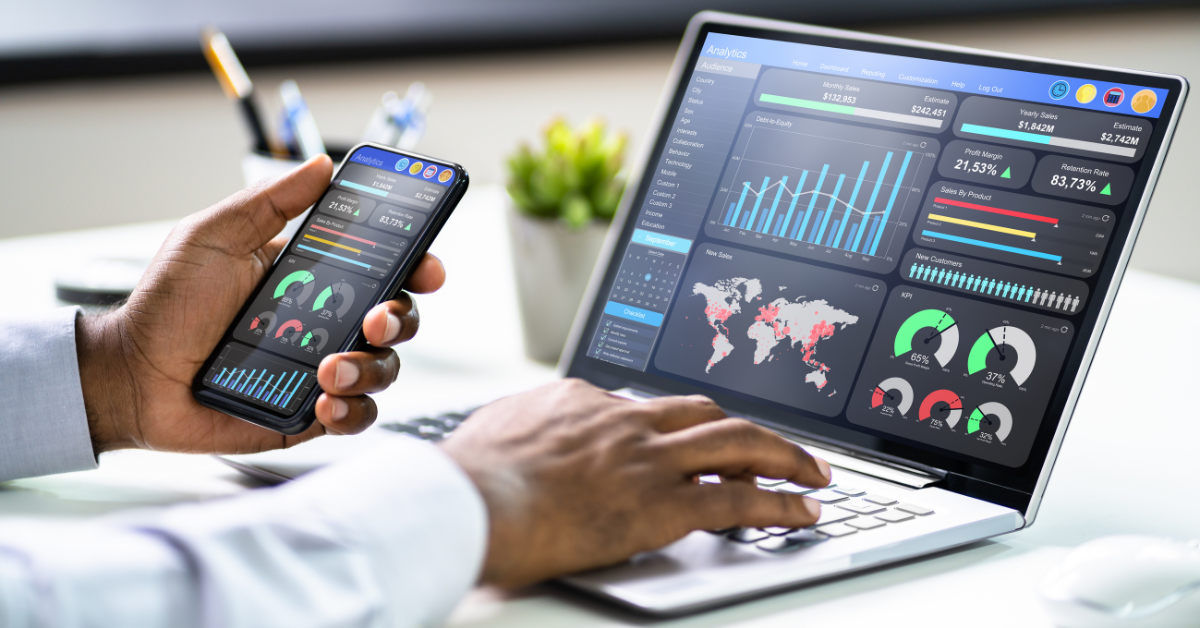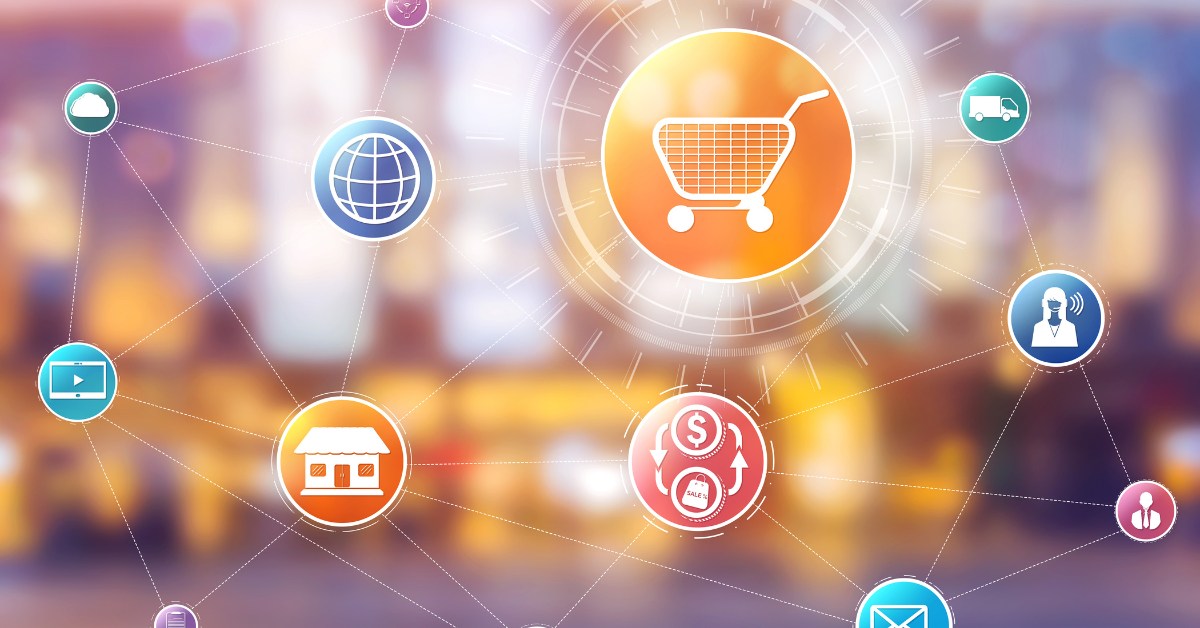The Significance of Data-Driven Marketing
In today’s competitive market, data is playing a vital role in informing marketing strategies, enabling enterprises to understand customer behavior, and facilitating deeper engagement throughout the buying journey. Gartner defines data-driven marketing as the use of data acquired through customer interactions and third parties to obtain insight into customer motivations, preferences, and behaviors.
However, the absence of third-party cookies is posing a significant challenge for marketers. In 2020, Google declared its intention to ban third-party cookies, which were the primary source of customer data for marketers. As a result, marketers are now focusing on collecting first-party data, which is gathered through direct interactions with customers.
Virtual events offer an excellent opportunity for marketers to collect first-party data, enabling them to develop marketing strategies that drive customer engagement. By analyzing data collected from virtual events, marketers can gain a 360-degree view of their customers, identify patterns and trends, and personalize marketing messages, tailoring event content to improve the attendee experience.
In conclusion, data-driven marketing plays a crucial role in reaching target audiences, expanding markets, and retaining customers. Though the absence of third-party cookies is posing a challenge for marketers, virtual events provide an ideal platform for collecting first-party data, which enables marketers to develop strategies that drive customer engagement.
Types Of Event Data
Collecting data from virtual events provides marketers with valuable insights into customer behavior and preferences. Here are the types of data to collect and methods of data collection for virtual events:
Types of Data to Collect
1. Registration Data: This includes the attendee’s name, job title, email address, company, and industry.
2. Engagement Data: This includes the time attendees spend at the event, the sessions they attend, and the interactions they have with speakers and exhibitors.
3. Feedback Data: This includes the feedback attendees provide on the content, speakers, and overall experience of the event.
4. Social Media Data: This includes data from social media platforms that attendees use to engage with the event.
Methods of Data Collection
1. Pre-Event Surveys: Conducting surveys before the event can provide valuable insights into attendees’ preferences, expectations, and interests.
2. Registration Forms: Collecting data through registration forms is an effective way to gather attendee information.
3. Tracking Tools: Using tracking tools, such as pixels and cookies, can help track attendee behavior during the event.
4. On-site Surveys: Conducting surveys during the event can provide real-time feedback on the content, speakers, and overall experience.
5. Post-Event Surveys: Collecting data through surveys after the event can provide insights into the attendees’ experience and preferences.
Collecting data from virtual events can provide marketers with valuable insights into customer behavior and preferences. By collecting registration data, engagement data, feedback data, and social media data, and using methods such as pre-event surveys, registration forms, tracking tools, on-site surveys, and post-event surveys, marketers can gain a 360-degree view of their attendees and improve their overall experience.
Maximizing Event Data Collection
If you’re looking to maximize event data collection, there are a few things you can do before, during, and after the event.
Before the event, make sure you have a clear understanding of what data you want to collect and how you plan to collect it. This might involve setting up specific tracking mechanisms or working with vendors who can help you capture the data you need.
During the event, it’s important to have a plan in place for data collection. This could involve using tools like surveys or feedback forms to gather information from attendees, or setting up tracking mechanisms to capture data from social media or other sources.
After the event, take the time to review and analyze the data you’ve collected. This can help you identify areas where you can improve your event in the future, as well as help you measure the success of your current event.
Overall, maximizing event data collection requires careful planning and execution, but it can be a valuable way to get insights into the success of your event and make improvements for the future.
Using Event Data To Drive Engagement
1. Personalized communication: Use event data to understand attendees’ interests and preferences, and tailor your communication to them accordingly. This could be through personalized emails, social media interactions, or even during the event itself.
2. Real-time engagement: Using event data, you can engage with attendees in real time, providing them with relevant information, offers, and recommendations. For instance, you could send push notifications to attendees during the event, highlighting specific sessions or activities that match their interests.
3. Post-event follow-up: After the event, use event data to follow up with attendees and keep them engaged. This could be through personalized thank-you emails, surveys, or even exclusive offers that are only available to event attendees.
4. Targeted marketing: Finally, use event data to target your marketing efforts more effectively. For instance, you could use attendee data to create lookalike audiences on social media or to run targeted email campaigns to specific segments of your audience.
FAQ section
Q: What is virtual event data?
A: Virtual event data refers to the data collected from virtual events, such as webinars, online conferences, and other digital gatherings. This data includes information about attendees, their behavior during the event, and their engagement with the content.
Q: How can marketers use virtual event data?
A: Marketers can use virtual event data to gain insights into attendee behavior and engagement, as well as to inform their future marketing and event strategies. For example, they can analyze attendee engagement with specific content or sessions, identify which topics were most popular, and use this information to create more targeted and effective marketing campaigns.
Q: What are some common metrics that marketers should track from virtual events?
A: Some common metrics that marketers should track from virtual events include attendance rates, engagement metrics (such as clicks, views, and shares), time spent on specific pages or content, conversion rates, and feedback from attendees.
Q: How can marketers ensure they are collecting the right data from virtual events?
A: To ensure they are collecting the right data from virtual events, marketers should have a clear understanding of their goals and objectives for the event. They should also use analytics tools to track the metrics that are most relevant to their goals and consider using surveys or other feedback mechanisms to gather additional insights from attendees.
Q: What are some best practices for using virtual event data to drive engagement?
A: Some best practices for using virtual event data to drive engagement include analyzing attendee behavior and preferences to inform future marketing campaigns and events, using personalized follow-up communications to nurture relationships with attendees, and leveraging insights from virtual events to create more targeted and effective content.








